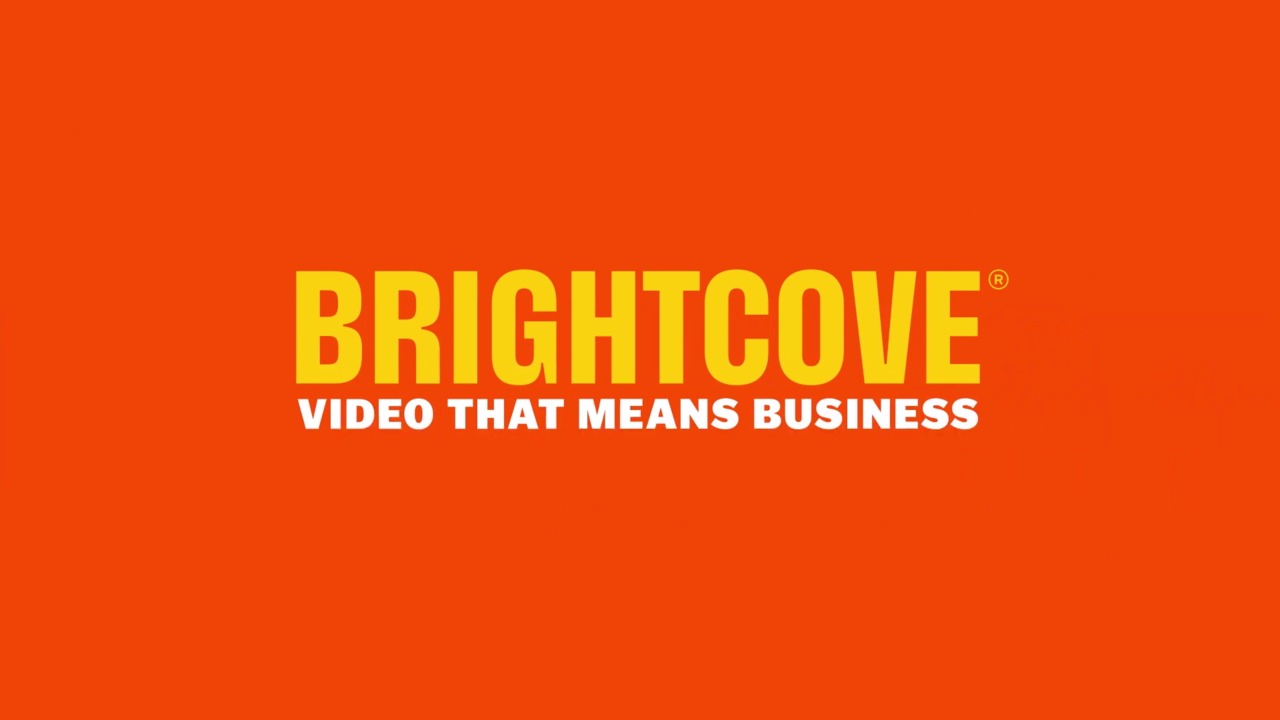
Brightcove enables publishers to stream HD content to the web. But you need to ensure you're encoding your source files correctly to take advantage of our high-quality streaming capabilities.
Brightcove's support site contains a Source File Specifications and Recommendations document, but for those of us (myself included!) who think "4:2:2 pulldown" sounds like a foreign language, it's helpful to have a simple explanation of how to deliver true high definition video streaming.
STEP 1: Know How It Works
Brightcove uses multi-bitrate streaming technology to give viewers the best video quality their Internet speed can handle. This means we create up to six renditions of your video at varying resolutions and bitrates for a wide variety of Internet connections, from blazing-fast T3 office lines to sometimes-spotty 3G mobile connections. Our video players detect viewers' Internet speeds and serve them the appropriate rendition of your video.
If you want to use Brightcove's default settings, simply upload a file at the highest resolution and bitrate you have. The default settings support just about all video codecs and containers in use today, and your highest-quality rendition will be a very respectable 1280x960 (1280x720 for 16:9 formats) at about 1.8 Mbps. That said, if you're willing to take a few extra steps you’ll be set up to deliver true HD video content through Brightcove.
STEP 2: Upload in H.264 and Preserve the Source File as a Rendition
Since Brightcove's transcoding process limits the highest-quality rendition to 1280x960 at 1.8 Mbps, the key to squeezing the best possible quality out of Brightcove is to upload your video in a format we can deliver through our players without requiring any transcoding. This format is H.264.
H.264 video can play on PCs, iOS devices, and Android devices. Given its broad compatibility across devices and operating systems, it is Brightcove's preferred video format. As such, Brightcove gives you the option to preserve an H.264 source and add it to the video's list of available renditions. The end result is Brightcove's six default renditions, plus your source file just as you encoded it on your machine.
STEP 3: Encode Your Source File in Web-Friendly HD
The key considerations when encoding a video for Brightcove are quality and playback accessibility. There is no reason to include a 10 Mbps source rendition when few, if any, end users will have sufficient Internet speeds to stream 10 Mbps video. Similarly, a 2 Mbps source file will be virtually indistinguishable from Brightcove's 1.8 Mbps rendition.
1920x1080 video content requires exceptionally high bitrates (between 6 and 8 Mbps and up) to display clearly, so it's best to stick to a 1280x960 or 1280x720 resolution for your videos. Most viewers on screens smaller than 35" won't be able to tell the difference anyways.
Finally, you need to decide on an encoding bitrate. The Source File Specifications and Recommendations document suggests a bitrate between 3 and 6 Mbps; which side of that range you lean to depends on whether you'd rather sacrifice a bit of quality for greater accessibility or vice versa. Just remember this: if a viewer doesn't have a strong enough Internet connection to view your source rendition, it's not the end of the world - Brightcove will be able to serve them one of the lower renditions our encoding engine created.

